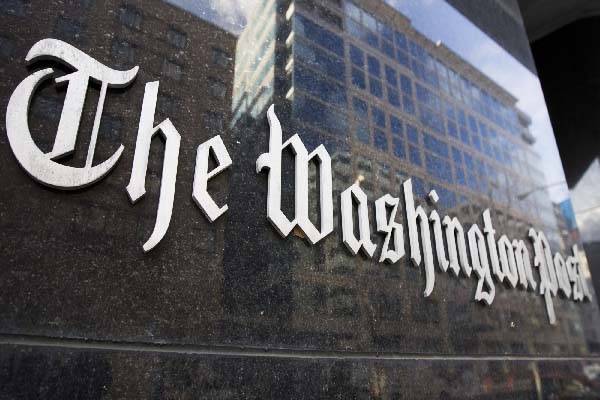Top American Newspaper brutally exposed Indian atrocities in Occupied Kashmir by BJP government
Shares

NEW YORK - The (Kashmir) valley looked like Switzerland but felt like the Gaza Strip,” is how a veteran American journalist with years of reporting experience in South Asia described India’s repression in the disputed state during one of her trips there even before it plunged into deeper crisis after New Delhi’s annexation on August 5.
“I saw how the historic dispute (between India and Pakistan) had created a permanently open wound and a vicious cycle of protest and repression, often sparked by insurgent attacks,” Pamela Constable, correspondent for The Washington Post, wrote in the newspaper she represents.
“I drove past apple orchards and meadows and visited quaint house boats that bobbed on Dal Lake, waiting for tourists who never came. But the news that brought me there was depressing and often deadly. The local Muslim populace was always waiting for the next funeral.”
Although correspondent Constable does refer to the repressive lockdown of Jammu and Kashmir after the revocation of the state’s special status, the main focus of her article, entitled: ‘India’s iconic democracy feels like it is under siege’, is about the B.J.P. government’s push to promote the “Hindutva” ideology as well as the eruption of country-wide protests against its anti-Muslim measures.
“These days, when I think back on the contentious but secular mosaic of India I experienced between 1998 and 2005, I am stunned to see the ominous turn it has recently taken into religious intolerance,” the article said. “At that time, Hinduism was dominant but not overbearing…,” she wrote in the Post.
Correspondent Constable wrote, “Promotion of the “Hindutva” ideology, an all-encompassing guide for life, often took the form of public services, carried out by disciplined youth cadres…. But religious tensions remained close to the surface, especially between Hindus and Muslims, whose differences had festered since the chaotic partition of India in 1947.
“Despite their huge numbers and a few high-profile celebrities, such as film star Shah Rukh Khan, Muslims remained largely second-class citizens with little political clout. My first encounter with such ‘communal’ hostility took place in my kitchen, where the Hindu manager angrily upbraided the Muslim watchman for drinking from his teacup. In public, far uglier confrontations erupted periodically: In 1992, militant Hindu groups invaded and demolished the historic Babri Mosque; a decade later, Hindu-Muslim riots in Gujarat state left more than 1,000 dead…”
“The ruling Bharatiya Janata Party is the same Hindu nationalist group that dominated power during the years I lived there. But its once-inclusive message — then tempered by the opposition Congress party — has been replaced by an aggressive agenda of Hindu hegemony. And the prime minister is now Narendra Modi, a religious hard-liner who was once accused of abetting the anti-Muslim rioters in Gujarat as the state’s chief minister. Modi’s election in 2014 was largely based on his record as a champion of economic growth.
“But his reelection in May was stoked by a wave of patriotic and religious emotion after an especially deadly suicide bombing in Kashmir — which was followed by an aerial skirmish between Indian and Pakistani warplanes — brought the nuclear-armed rivals dangerously close to war.
“In August, Modi’s government abruptly revoked the semiautonomous rights for Kashmir that India’s constitution had granted in 1950, then flooded the region with troops, cut off the Internet and banned news coverage for months.
Last month, after a semi-clandestine visit, the New Yorker journalist Dexter Filkins described the mood among Kashmiri Muslims as isolated, frightened and smoldering with anger.
“Across the country, authorities have also used force, legal measures and harsh rhetoric to intimidate Muslims, branding them as potential terrorists. Police have stood by as mobs lynched Muslims for selling cows, which are venerated in Hinduism…”
“In recent weeks, the new citizenship restrictions have provoked a spontaneous, widening wave of protests by a cross-section of Indians, including students at the country’s leading university, in defence of both the Muslim minority rights and India’s tolerant democracy.
“Last week, news reports showed a young woman, her arm in a cast and her head bandaged after a beating by Hindu nationalists, defiantly addressing a crowd in New Delhi. ‘Even if you beat us, we won’t step back,’ she cried. ‘Long live the revolution.’ Maybe the India I once knew is alive and kicking after all.’
